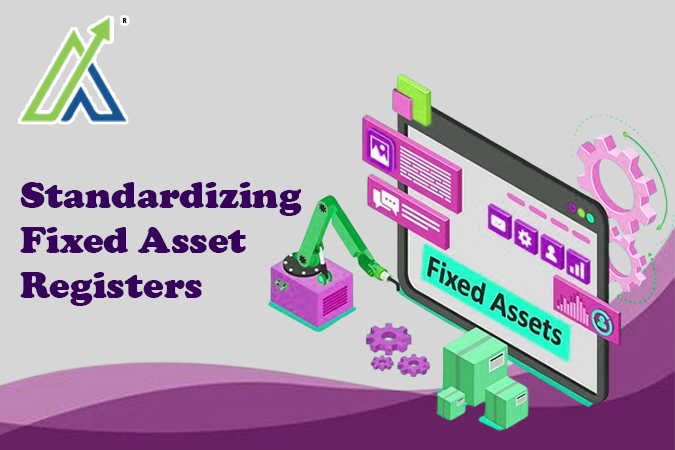A systematic approach to managing fixed assets is vital. Standardized recording procedures provide the framework for how to manage fixed assets. Let’s delve deeper into these concepts using the points provided below.
Why Bother Standardizing?
Standardizing the recording technique is more than simply a smart trick; it’s necessary. It guarantees that all assets are documented in the same way, making monitoring, reporting, and auditing easier. Without it, you invite chaos and financial problems.
The Unified Template: Your Best Friend
First off, create a unified template. This template captures all necessary details: acquisition date, cost, location, depreciation method, and useful life.
Example: A big company that makes things has many plants, and they all use this template for every machine. The date, cost, and repair plan for each piece of equipment are written down. It is easy to compare things in different places with this uniform method.
Consistent Data Entry: No Room for Error
Everyone responsible for updating the register must follow the same rules. Consistency is key.
Example: An IT company rolls out a training program for its accounting team. Now, every new computer, printer, and server gets logged the same way, cutting down errors and boosting data reliability.
Regular Audits: Keeping It Real
Regular audits and updates are a must to maintain accuracy. For maintaining checks, the records need to be matched with the physical assets periodically.
Example: A retail chain conducts quarterly audits to check everything from cash registers to shelving units. Any discrepancies? They’re fixed fast, keeping the register up-to-date.
Tech to the Rescue: Automate Everything
Technology can supercharge your fixed asset management. Asset management software automates data entry, tracks changes, and spits out reports.
Example: A pharmaceutical company uses asset management software to track laboratory equipment. The software logs every detail from acquisition to disposal, updating the register automatically with maintenance history and depreciation.
Depreciation Guidelines: Clear and Simple
Depreciation can be a pain. Standardizing how it’s calculated and recorded simplifies things and keeps financial statements accurate.
Example: A transportation company standardizes depreciation for all vehicles using the same straight-line method. Consistency in financial reporting makes audits simpler.
Compliance: No Slipping Up
Standardizing helps meet regulatory requirements. Accurate records are crucial for legal and tax compliance.
Example: A chemical firm keeps a register that complies with environmental laws. Each piece of equipment’s compliance status is logged, helping the company dodge fines during inspections.
Better Decision-Making: Data You Can Trust
A standardized register provides reliable data. Managers can analyze asset performance, plan replacements, and allocate resources more effectively.
Example: A real estate company uses a standardized register to track property performance. Analyzing the data helps decide which properties to renovate, sell, or buy, optimizing the portfolio.
Questions to Understand your ability
Ques1: Why is standardizing fixed asset recording important?
- Chaos
- Accuracy
- Confusion
- Guesswork
Ques2: What is the first step in standardizing fixed asset recording?
- Template
- Inventory
- Sales
- Revenue
Ques3: How does technology help in fixed asset management?
- Guessing
- Automating
- Hiding
- Disposing
Ques4: Why are regular audits necessary for fixed assets?
- Revenue
- Verification
- Marketing
- Sales
Ques5: What role does a fixed asset register play in compliance?
- Ignoring
- Recording
- Meeting
- Avoiding
Conclusion
Accounting for fixed assets is significantly improved by standardizing the recording procedure of fixed asset registers. It will not only provide order and normalcy to business processes, but it will also reinvent asset management. From standard templates and standard processing to technology and compliance, every part is crucial. This results in the precise maintenance of records, effective decision-making, and efficient management of monetary resources.
FAQ’s
A detailed log of every asset a company owns.
It keeps everything consistent.
Cuts down on errors big time.
They keep records spot-on.
It automates everything, making tracking a breeze.
It keeps reporting consistent and clear.
Helps you follow all the rules set by the law.
By providing the accurate data it helps in decision making.

